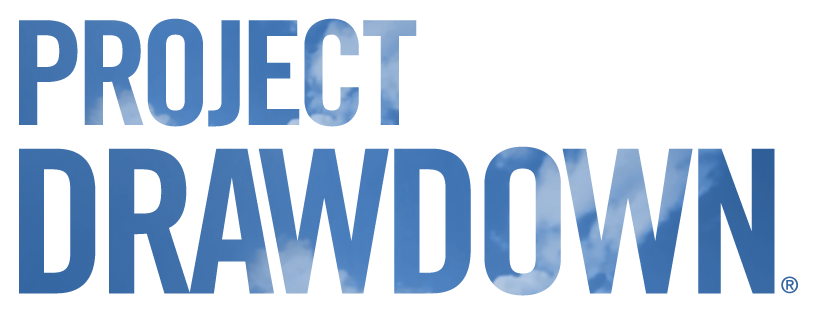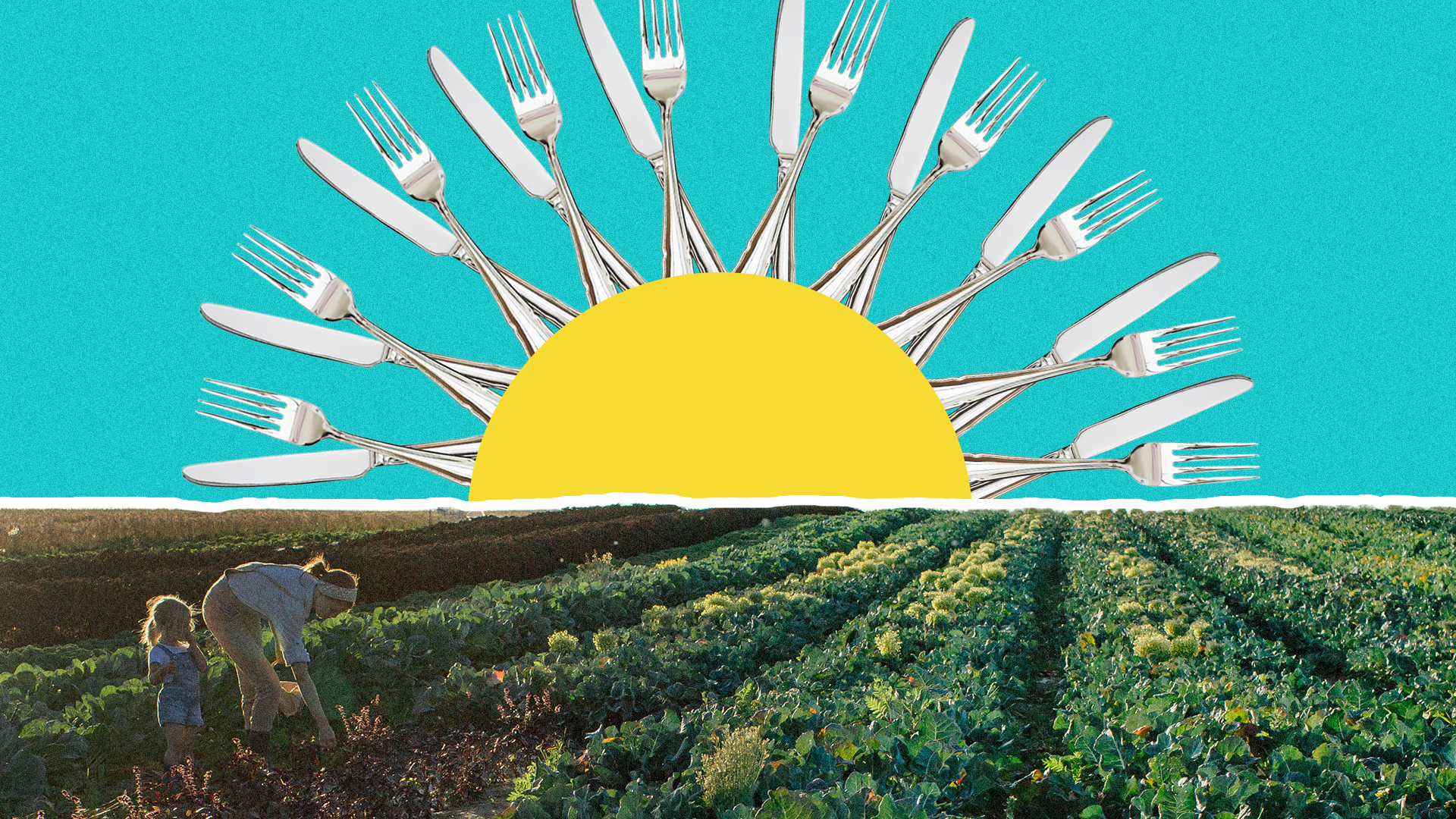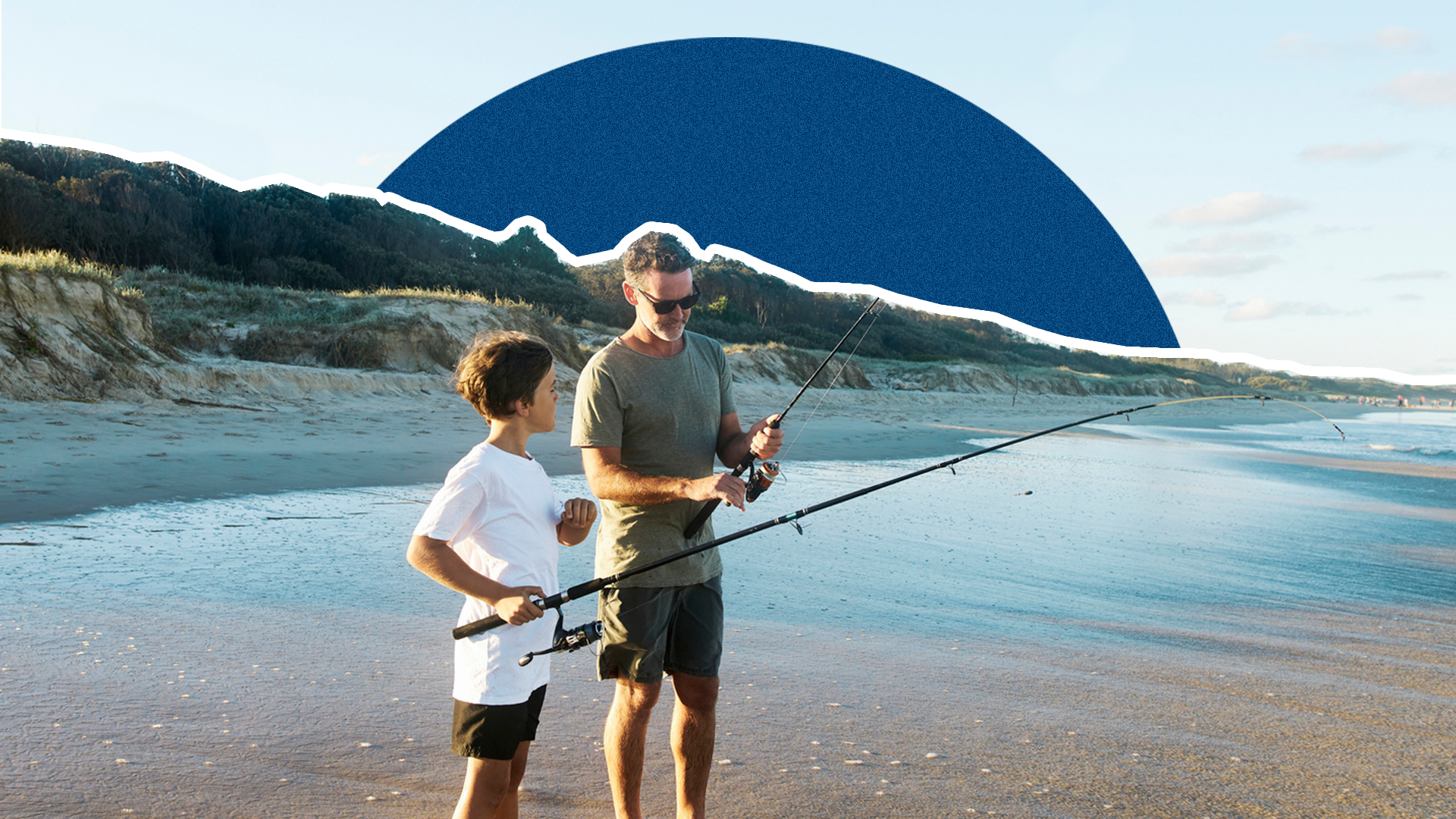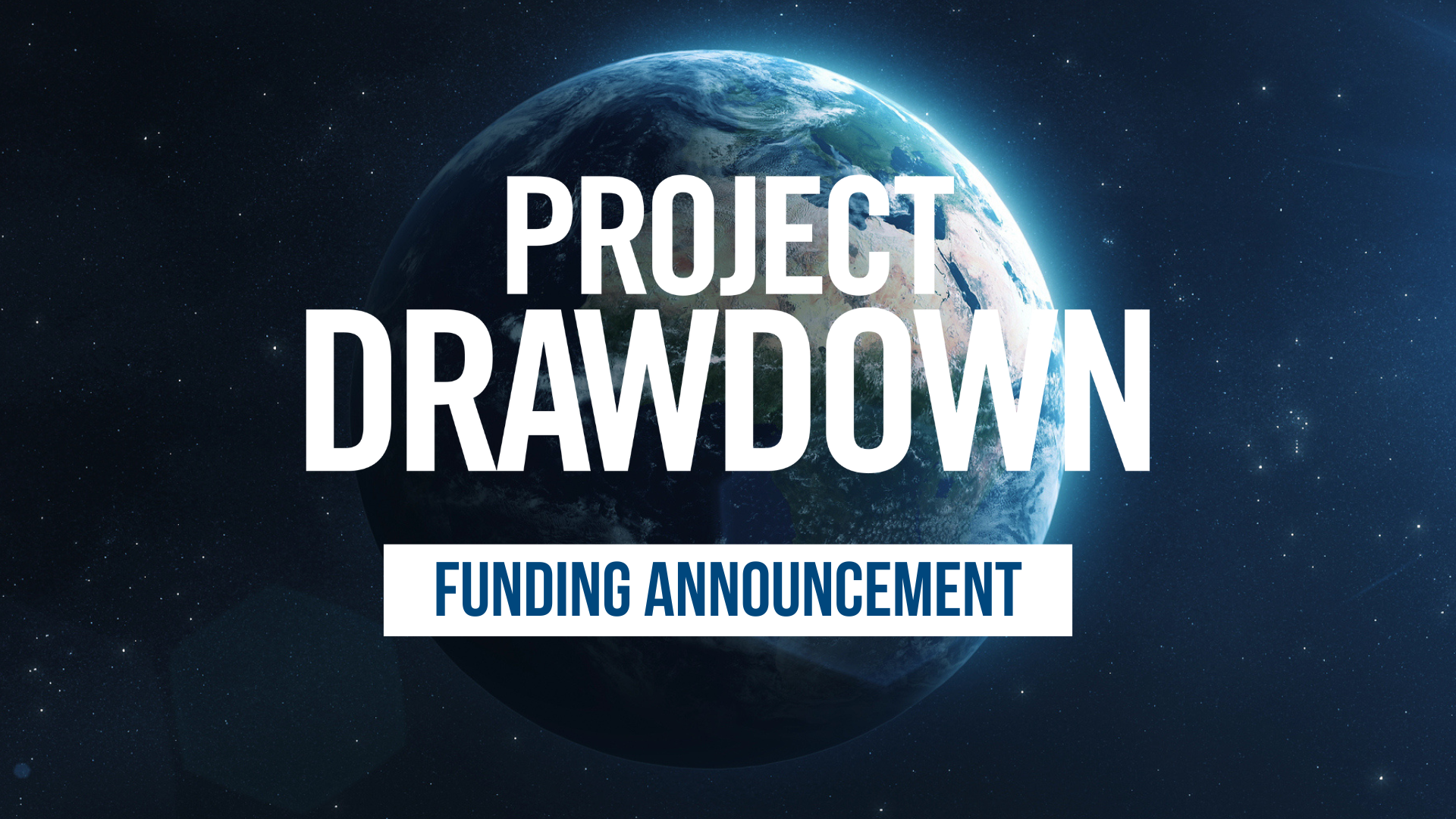Insights from the first Drawdown Lift Advisory Council
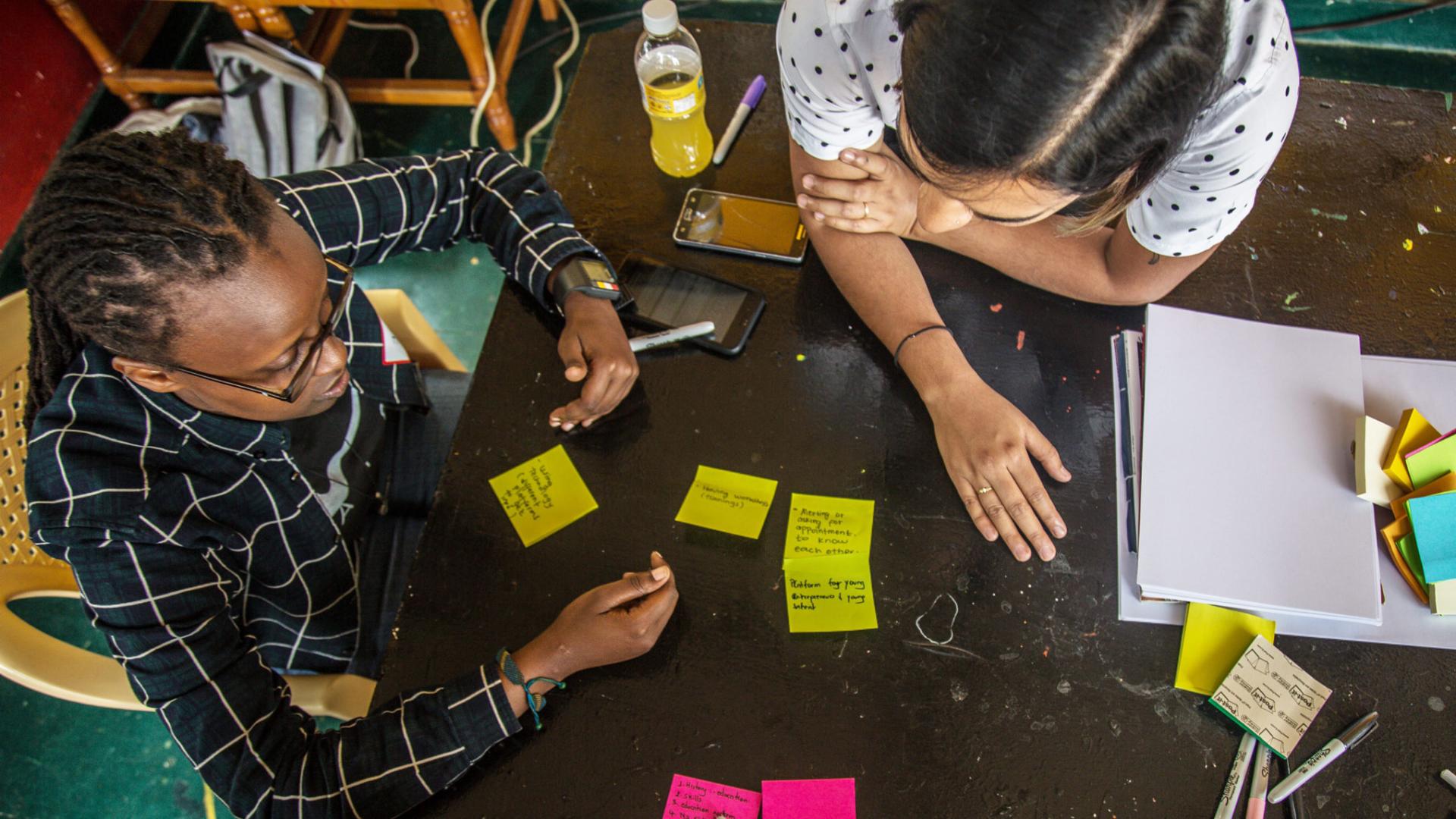
The inaugural Drawdown Lift Advisory Council is made up of 15 members who shape, guide, and inform Drawdown Lift’s research on the links between climate change solutions, poverty alleviation, and human well-being—particularly in emerging economies in sub-Saharan Africa and South Asia. Council members include innovative and talented academic researchers, thought leaders, advocates, and development practitioners who have a variety of topic-area expertise and a passion for working in a multidisciplinary manner to address the world’s dual equity and climate crises.
Collectively, Council members working in 11 different countries offer insights about:
- food security and nutrition
- conservation and natural resource management
- gender
- women’s health
- girls’ education
- sustainable energy
- the demographic dividend
- reproductive health
- planetary health
- poverty alleviation and development economics
- and climate resilience
Here, three new Council members—Christina Kwauk, Glory Oguegbu, and Ndola Prata—share thoughts on bridging the gap through collaboration and innovation, collective and individual reach, and embracing the complexity of working together to address climate change.
While working to advance climate solutions and research, Council members will apply their diverse expertise to forward climate work that is intersectional and challenges various systems of oppression. For example, examining how climate action is financed—and how the impact of such action is measured—not only informs programming and action on the ground, but also lifts up the need for a better understanding of how various global systems can advance climate solutions that provide cascading benefits while addressing barriers to climate action and resilience.
“One of the things that drew me to the Drawdown Lift Advisory Council,” says education leader Christina Kwauk, “is that this sort of effort between such diverse sectors really reflects the kind of cross-sectoral, holistic, systemic work that needs to happen for the kinds of social transformations—even before many technical changes—we’d like to see.”
Part of the Council’s collaborative action encourages better policies and support for communities who have been (and continue to be) the most impacted by climate change, particularly rural communities in low- and middle-income countries in sub-Saharan Africa and South Asia. Award-winning development entrepreneur and youth advocate Glory Oguegbu says that the Council’s work encourages “better decisions that are informed.” She emphasizes that this sort of informed decision-making translates to better policies that incorporate real-world climate impacts on communities and changing climate trends as part of the whole.
Bridging the gap
Only through collaboration and collective action can climate stakeholders bridge glaring gaps and support the world in reaching “drawdown”—the point in the future when levels of greenhouse gases in the atmosphere stop climbing and start to steadily decline, thereby stopping catastrophic climate change. Drawdown Lift Council members share knowledge and best practices to establish better avenues for collaboration, exciting new opportunities, and stronger networks for future action.
An important goal of this collaborative climate work is to foster a deeper level of system self-awareness and bridge-building to address misconceptions and foster healthier systems that work for everyone, everywhere. Encouraging governments, donors, and philanthropies to fund and finance action in intersectional ways helps foster climate action that addresses problems that communities are facing today. For example, programs focused on agriculture can more deeply examine the intersections between population, health, and education within their work, and partner with folks that value holistic action.
Collective and individual power
Individual and collective action must go hand-in-hand—everyone has a role to play when it comes to climate solutions. Ndola Prata, public health physician and academic thought leader, says that despite being an expert in one area, she can make her role “more impactful if we synergize with other disciplines and collaborate together.” By working together across disciplines, she says, groups can achieve more ambitious goals that make better sense to more people.
When thinking about achieving climate and planetary health solutions, stakeholders must be mindful about how they choose to magnify a solution or action. For example, as a collective, the Drawdown Lift Advisory Council can forward rights-based action and research through the lens of women and girls as climate leaders and solutionists—especially when they have equitable access to high-quality education, sexual and reproductive health and rights, land tenure, and decision-making.
Council members can contextualize and promote the most relevant climate information for their communities, sharing tools that foster a deeper understanding of current and local climate impacts, and ways to forward solutions that prioritize long-term climate-resilience.
Oguegbu says, when starting her journey as a climate advocate, she was “confused a lot of the times when I was reading about climate change, because many of the things that I saw did not apply to me as a Nigerian living in this part of the world.” Hearing about declining polar bear populations, extinctions, and melting ice didn’t resonate. “So,” she says, “I tried to think about how I could promote climate change to the people in my country because they couldn't understand this—I began to study ways that climate change affected me.”
Embracing challenges and complexity together
Climate change—one of the most complex challenges of our lifetime—will continue to negatively impact every sector and community on Earth without collective action. Prata would like to “open up, quite a bit, the perspective on how to look at these issues—not to shy away because ‘it’s too complex for us to tackle’ but to appreciate the complexity” of working together to implement numerous climate solutions.
When a diverse group of climate actors from a variety of disciplines work together, opportunities to influence, listen to, and include future generations of climate professionals multiply. COP26, the 2021 UN Climate Conference, showed the world how modern climate work often fails to address disproportionate impacts and highlight stark inequities within resource allocation.
“If we’re talking about the need to address poverty, underlying structures of inequity, systems of oppression, and so on,” says Kwauk, education expert, “then we need to bring together diverse actors working on little pieces of those very complex problems.” It’s the way to create opportunities for people to achieve a higher quality of life and reach their full potential, no matter who they are or where they live.
Drawdown Lift’s inaugural Advisory Council will continue to embrace the challenges of systemic, holistic, and multidisciplinary climate action—and the complexity that comes along with it—as a way to advance long-lasting, relevant, and equitable solutions for a safer future.
